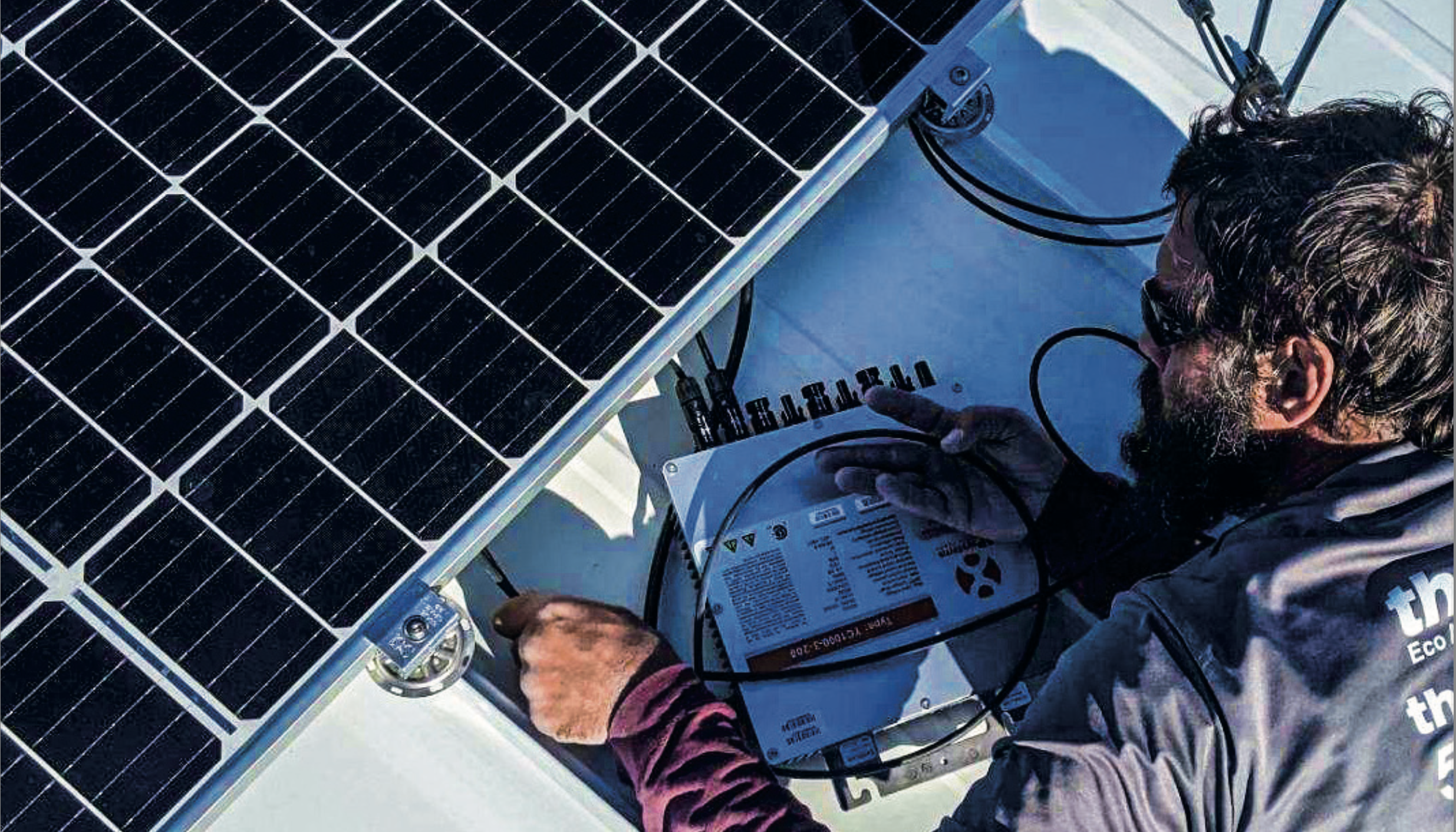What is PV module/inverter DC-AC over ratio?
In a typical design of a photovoltaic system, the capacity of the PV modules (total DC power) exceeds the capacity of the inverter (AC power): this is called the DC-AC over ratio. This approach of over ratio is increasingly widely used. Reasonable over ratio design can optimize the utilization of inverters, reduce the cost of equipment on the AC side, and maximize overall benefits.
Why do we need the DC-AC over ratio?
The STC power of the PV module is the maximum output power under test lab conditions: solar radiation intensity at
1000W/M2, temperature at 25°C, spectrum AM1.5. However, the actual environment is complex and changeable, and the output power of modules is always affected. Due to many factors (see further details below), some losses will inevitably occur, so that the output power of the module is always less than its rated STC power. The factors likely to affect the output power of modules are as follows:
1. Solar Resource
Sunlight is the basis of photovoltaic power generation. The sunlight conditions vary greatly in different regions. The rated STC power output of the module will only be realized under specific conditions of an irradiance intensity of 1000W/M2, temperature of 25°C, and a spectrum of AM1.5
Once the irradiance is below 1000W M2, the output power of the PV module will be less than its rated STC power. See Figure 1.
Even in areas with abundant solar energy resources, there are not always sufficient light conditions throughout the day, and the irradiance varies greatly from morning to night. See Figure 2.
Moreover, when the temperature of the module increases, the voltage drop of the module decreases, while the current change is minimal; therefore, the power of the module will decrease when the temperature rises. See Figure 3 – Figure 4.
























